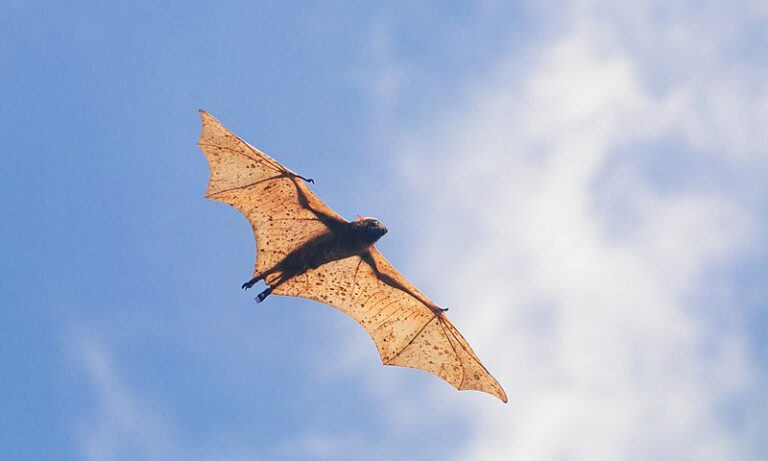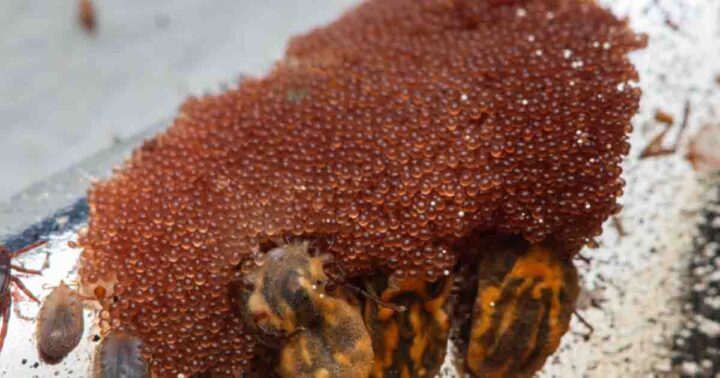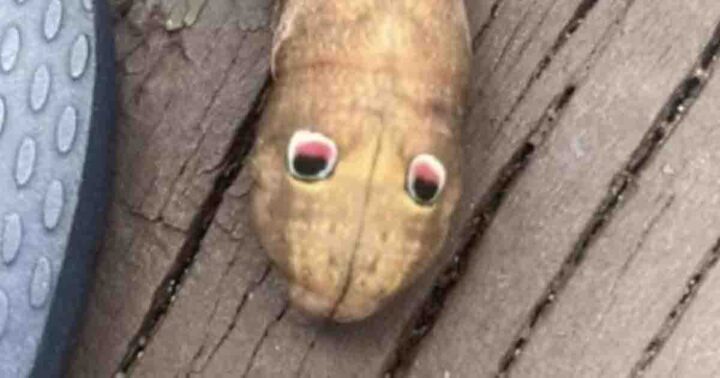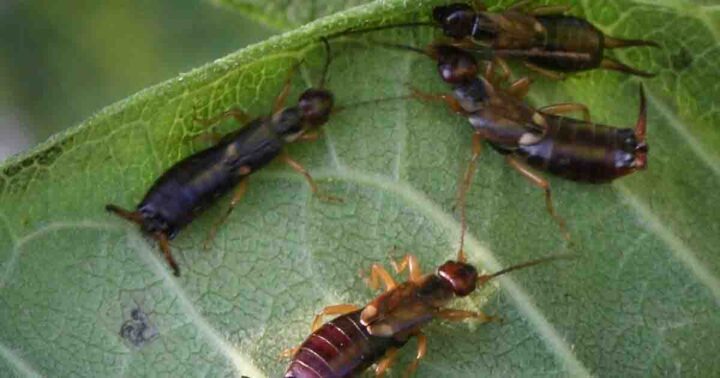With a wingspan nearly equivalent to the height of the actor Tom Cruise, the giant golden-crowned bat presents an intimidating sight. Its skeletal, fur-covered body makes its expansive wings seem even more massive as it sails through the air. When at rest, the bat’s black, rubbery cloak gives it a vampire-like appearance.
However, contrary to its daunting size, this large fruit-eating bat, endemic to the Philippines, is completely harmless. It poses no threat to humans, even those who invade its habitat and illegally hunt it for sport or food, causing the species to be listed as endangered. Images of these benign, endangered bats have recently gone viral, sparking a mixture of fascination and fear due to their large size and predator-like appearance.
When initial images of these bats started making rounds on the internet, they were inaccurately referred to as “human-sized,” a description that led to unnecessary fear and misunderstanding.

Therefore, it’s important to clear up some misconceptions before further discussing these intriguing creatures. Firstly, they are not the size of a typical adult human, but rather more comparable to a “small child” if the term “human-sized” is to be applied. The giant golden-crowned bat, one of the world’s largest bat species, has a wingspan of roughly 5-foot-6. This wingspan easily supports its relatively small body, which varies from seven to 11.4 inches in size and weighs under 3 pounds.
The giant golden-crowned bat, a nocturnal herbivore, enjoys a diet of roots, fruits, and vegetables, with a particular preference for figs. Its distinguishing feature is the golden fur that adorns its head.
Though other flying fox megabat species are found across Asia, Africa, and Australia, the golden-crowned flying fox (Acerodon jubatus) is unique to the forests of the Philippines. Here, they often form large colonies, consisting of up to 10,000 individuals. During daylight hours, they rest in treetops, hanging from their clawed feet, often in large groups. Occasionally, these massive bats share their rest time with their smaller relatives, the large flying foxes, which have a wingspan of less than five feet.

Contrary to many bat species, the giant golden-crowned flying foxes do not use echolocation to find their way. Instead, they depend on their keen sense of sight and smell to navigate.
These bats play a crucial role in forest ecosystems, particularly in counteracting deforestation. As they feed on figs, they disperse the seeds across the forests, aiding in reforestation across the Philippines. Regrettably, as the bats persist in their efforts, humans continue to wreak havoc on their habitats.
As per Bat Conservation International (BCI), over 90% of the old-growth forests in the Philippines have been devastated, resulting in the complete disappearance of these bats from several of their former roosting sites across multiple islands.
The population of the golden-crowned bat is rapidly dwindling due to habitat destruction and hunting for commercial sale, sport, and personal consumption. The species’ population has declined by 50% between 1986 and 2016, which has led to its classification as an endangered species by The International Union for Conservation of Nature (IUCN).
What do you do when you see a Flying Fox in your backyard? (The Philippines)
by u/sakundes in natureismetal
Although the 2001 Philippine Wildlife Resources Conservation and Protection Act protects these bats, the law is not effectively enforced. Unfortunately, even though most of the bats’ roosts are located in protected areas, they continue to be killed in large numbers. In a particularly brutal practice, hunters target these creatures while they’re sleeping, injuring many. Some bats, still gripping the branches with their toes when shot, don’t even fall from the trees when they’re killed.
Despite the threat humans pose to their existence, the flying foxes aren’t typically elusive. They can often be spotted in forests near human settlements, along roads, or in other populated areas where they feel secure. However, they are intelligent enough to differentiate between safe and dangerous zones, often choosing to roost in areas that are inaccessible to humans, such as slopes that are more than 1,000 feet above sea level.
These bats are incredibly intelligent creatures, with cognitive abilities comparable to those of a dog. Research indicates they are quick learners with impressive memory capacity. One study involving operant conditioning showed that hand-raised flying-fox bats were successfully trained to pull levers in exchange for a juice reward. Remarkably, when reintroduced to the familiar experimental setting three and a half years later, the bats immediately pulled the levers, demonstrating their ability to remember the reward system.
Remember when I told y’all about the Philippines having human-sized bats? Yeah, this was what I was talking about pic.twitter.com/nTVIMzidbC
— hatdog² (@AlexJoestar622) June 24, 2020
Bats’ distinct physical attributes, such as their leathery wings, sharp teeth, and large eyes, can indeed seem unsettling or intimidating to some. They’re often stereotyped as bloodthirsty creatures; however, it’s crucial to clarify that out of 1,300 bat species, only three are known to consume blood. If one can look past their initially eerie appearance, the golden-crowned flying foxes are actually quite charming!
It’s distressing to realize these harmless, intelligent animals are losing their lives and homes due to hunting and deforestation. If you too find this disheartening, help bring attention to the plight of this endangered species by sharing this story. Let’s promote awareness to protect these unique creatures.











